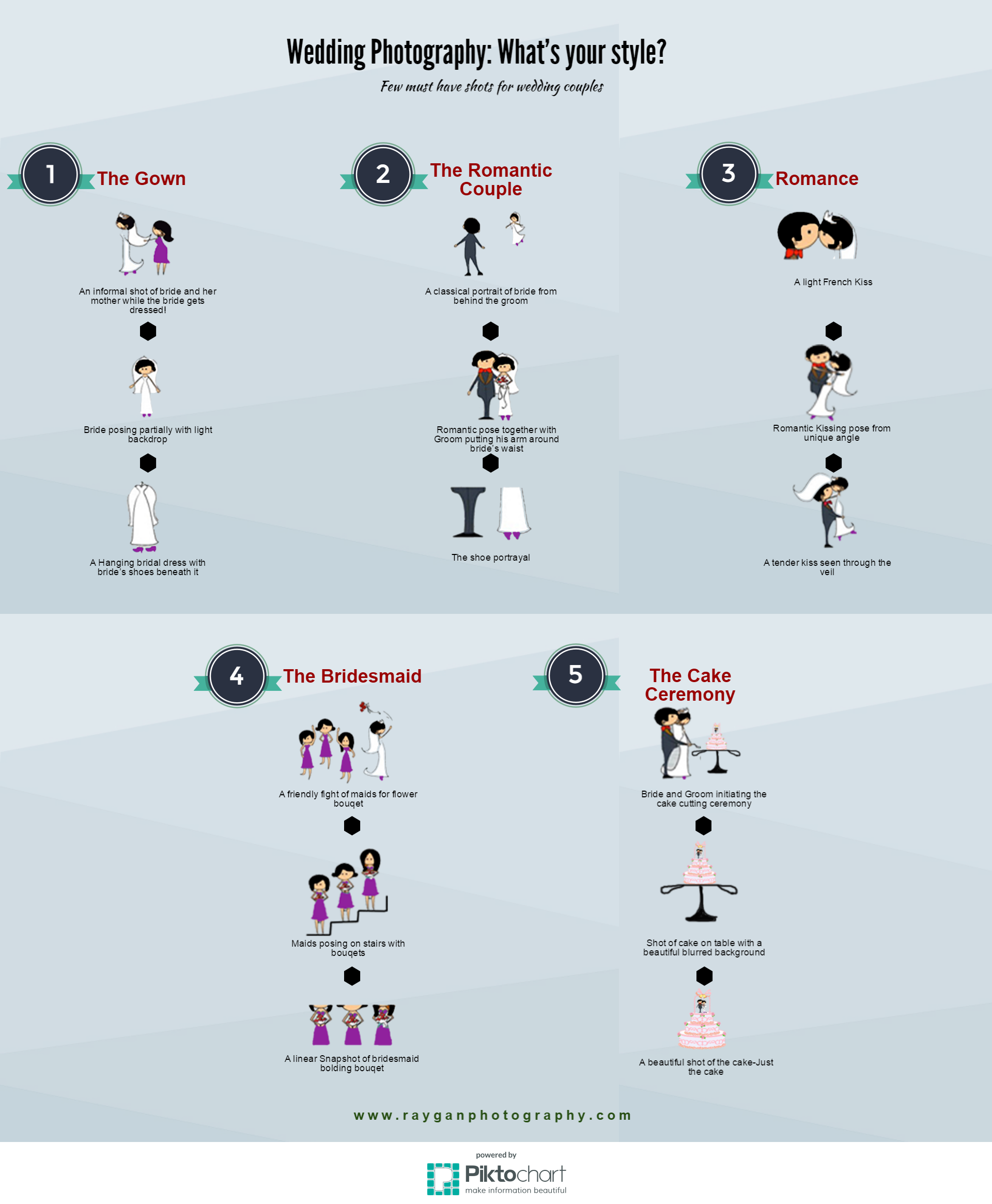What Every Photographer Needs To Understand About Lights
What Every Photographer Needs To Understand About Lights
Blog Article
Content Develop By-Rogers Polat
As a photographer, you know that lights can make or damage your images. Recognizing the nuances of both natural and artificial light is essential for recording the state of mind and clarity you aim for in your work. Whether you're chasing after the excellent golden hour glow or fine-tuning your synthetic arrangements, mastering these components can raise your photography considerably. Yet there prevail challenges that several ignore, and identifying them can transform your technique to every shoot. Allow's discover what you may be missing and exactly how it can impact your outcomes.
Comprehending All-natural Light
Understanding all-natural light is vital for any type of digital photographer wanting to improve their work. It's the structure of wonderful photography, affecting mood, tone, and clearness. When you shoot outdoors, focus on the moment of day. The gold hour-- shortly after sunup and prior to sundown-- provides soft, cozy light that can change regular scenes right into spectacular pictures.
Do not underestimate the power of overcast days. Cloud cover diffuses sunlight, developing a soft, also light that's ideal for portraits and macro photography. You'll find shades appear this kind of lighting without severe shadows.
Placing issues, too. Always consider your topic's alignment to the source of light. If the sun's behind your topic, you might end up with a silhouette, which can be dramatic yet mightn't be what you want. On the other hand, straight sunshine can develop uncomplimentary shadows.
Try out angles; sometimes, transforming your perspective can produce incredible outcomes. Usage all-natural reflectors, like water or sand, to bounce light onto your subject, adding measurement.
Mastering Artificial Light
Mastering man-made light is important for photographers who want to take their skills to the following level. Whether you're making use of speedlights, studio strobes, or constant lights, comprehending exactly how to control these sources can substantially boost your images.
Begin by familiarizing on your own with the basics of light top quality, instructions, and shade temperature level. browse around this website with different modifiers like softboxes, umbrellas, or grids to control the soft qualities or violence of the light.
You'll locate that soft light usually produces flattering results, while harsher light can include dramatization and deepness. Don't shy away from darkness; they can boost the three-dimensionality of your topics.
Pay close attention to the positioning of your lights. A light located too close to your subject can produce uncomplimentary outcomes, while too away can lead to a lack of detail. Make use of a light meter or your camera's histogram to guarantee you're revealing appropriately.
Finally, remember that man-made light can be combined with ambient light for innovative effects. Balancing these sources may take practice, once you master it, your digital photography will genuinely beam.
Strategies for Various Scenarios
When you step into various shooting scenarios, adapting your illumination methods is critical for recording the most effective images. For outside portraits, utilize the gold hour-- morning or late afternoon light-- to soften shadows and improve complexion.
If it's a rough midday sun, consider using a reflector to bounce light back onto your subject or look for shaded areas for an extra even exposure.
In low-light circumstances, like interior occasions, enhance your ISO and make use of a broad aperture to allow in more light. A tripod can assist eliminate cam shake, allowing for longer direct exposures without blurring.
If you're shooting at night, trying out off-camera flash to develop vibrant lights and depth in your pictures.
For item photography, utilize diffused lights to avoid harsh representations. Softboxes or light outdoors tents can aid achieve this effect.
When photographing landscapes, consider the instructions of light and time of day, as it can considerably change the mood of your shot.
Always be ready to adjust your settings and positioning based upon the scenario, as adaptability is vital to grasping lights in digital photography.
Verdict
Finally, grasping illumination is vital to boosting your digital photography skills. Embrace photo studio near me during gold hour, and don't shy away from try out synthetic light methods. By adapting your approach to different scenarios, you'll capture spectacular images that resonate with feeling and quality. Remember, the right lighting can transform an ordinary shot into something remarkable, so keep practicing and refining your understanding of both natural and man-made light. Satisfied capturing!
